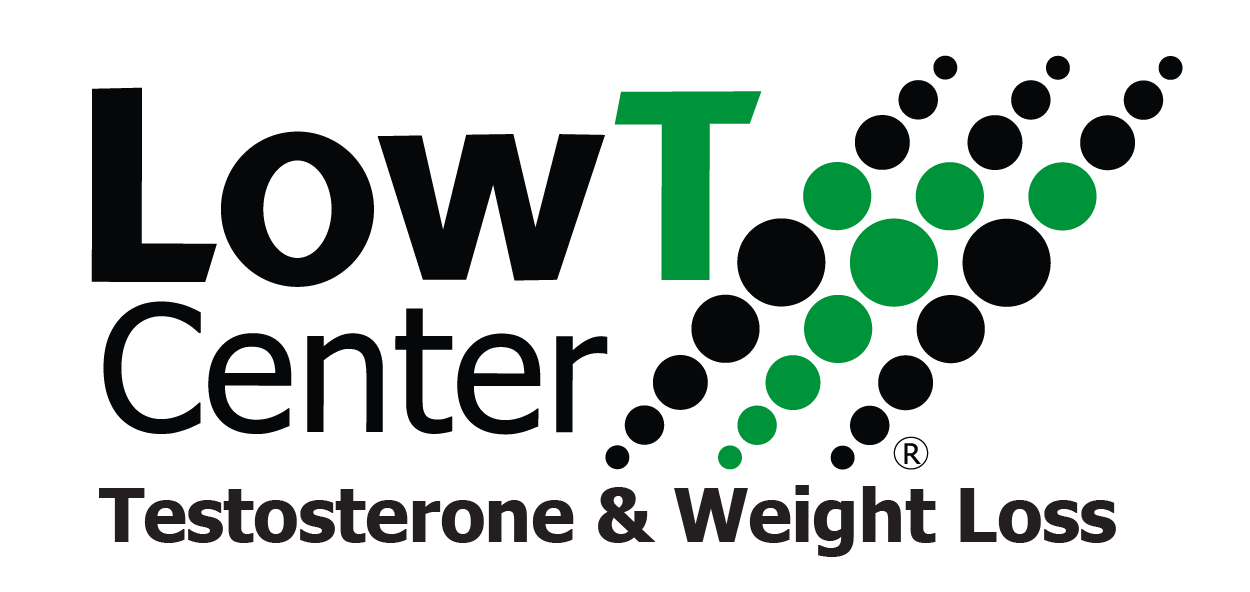Low Testosterone Issues: What is Sarcopenia?
Posted: June 27, 2024
When you have low testosterone, your body’s ability to build and maintain muscle mass weakens. This can lead to a noticeable decrease in strength and endurance. Beyond impacting your physique, low testosterone-related muscle loss can significantly affect your daily life.
As men age, testosterone levels naturally decline, which can increase the chance of developing sarcopenia – the age-related loss of skeletal muscle mass and function. Sarcopenia can lead to difficulties with everyday activities like climbing stairs or carrying groceries. It also increases your risk of falls, fractures, and frailty.
Low T Center specializes in diagnosing and treating low testosterone. We offer personalized treatment plans to help you regain your strength and enhance your overall quality of life. Schedule a consultation with our team today and take control of your health.
Understanding Sarcopenia
Sarcopenia is a progressive condition characterized by the involuntary loss of skeletal muscle mass, strength, and function. While age is the primary risk factor, it’s not simply a normal part of aging. Sarcopenia is a distinct condition with significant health consequences.
Causes of Sarcopenia
- Decreased Testosterone Production: Testosterone plays a critical role in muscle protein synthesis, the process by which your body builds and repairs muscle tissue. As testosterone levels decline with age, the ability to maintain muscle mass diminishes.
- Reduced Neuromuscular Activity: Physical inactivity leads to decreased communication between nerves and muscles, resulting in muscle atrophy. This decline in activity can be due to various factors, including chronic health conditions, pain, or limitations associated with aging.
- Changes in Protein Metabolism: The body’s ability to utilize protein for muscle growth and repair declines with age. This can be exacerbated by inadequate protein intake or nutrient deficiencies.
- Chronic Inflammation: Chronic, low-grade inflammation disrupts muscle protein synthesis and can contribute to muscle loss. Low testosterone levels have been linked with chronic inflammation throughout the body.
Symptoms of Sarcopenia
The symptoms of sarcopenia often develop gradually and may be mistaken for the natural effects of aging. However, some key indicators include:
- Muscle Weakness: Difficulty performing tasks that were previously manageable, such as lifting objects, climbing stairs, or rising from a chair.
- Reduced Balance and Coordination: Increased risk of falls and difficulty maintaining stability.
- Decreased Exercise Tolerance: Fatigue and shortness of breath during physical activity.
- Loss of Muscle Mass: Visible reduction in muscle size and definition, particularly in the legs, arms, and shoulders.
Diagnosing Sarcopenia
There is no single definitive test for diagnosing sarcopenia. Healthcare professionals may use various methods to assess your muscle mass, strength, and function.
- Handgrip Strength Test: A simple and non-invasive test that measures grip strength, which correlates with overall muscle strength.
- Bioelectrical Impedance Analysis (BIA): This test estimates body composition, including muscle mass percentage.
- Dual-Energy X-ray Absorptiometry (DXA): A more advanced technique that provides detailed information about bone mineral density and muscle mass distribution.
- Functional Performance Tests: These tests evaluate a person’s ability to perform daily activities, such as walking speed, stair climb time, or chair rise time.
Reducing Sarcopenia Risk for Men with Low Testosterone
While testosterone replacement therapy (TRT) is primarily used to address symptoms of low testosterone, emerging research suggests it may also play a role in preventing sarcopenia. Testosterone directly impacts muscle protein synthesis, the process by which your body builds and repairs muscle tissue. As testosterone levels decline with age, this process becomes less efficient. TRT can help counteract this decline by restoring testosterone levels to a more youthful range. Studies have shown that TRT, when combined with a healthy lifestyle, can significantly increase muscle mass and strength in men with low testosterone. This can be particularly beneficial for preventing sarcopenia in its early stages.
Beyond muscle mass, testosterone also plays a vital role in bone health. It promotes bone mineral density and helps prevent osteoporosis, a condition characterized by weakened bones and an increased risk of fractures. Men with low testosterone are more susceptible to osteoporosis, and TRT has been shown to improve bone density and reduce fracture risk.
Testosterone Replacement for Sarcopenia Management
Early detection and intervention are crucial for managing sarcopenia and its consequences. While there is no cure, a multi-pronged approach can significantly improve muscle mass, strength, and function in men who are struggling with this condition in addition to experiencing low testosterone.
Studies have shown that TRT, in conjunction with lifestyle modifications, can effectively improve muscle mass, strength, and physical function in men with sarcopenia. These lifestyle modifications including resistance training, a high-protein diet, sufficient sleep, and reduced stress levels.
Engaging in regular resistance training, using weights, bands, or bodyweight exercises, stimulates muscle protein synthesis and promotes muscle growth. Men should aim for at least two to three sessions per week, targeting major muscle groups with exercises like squats, lunges, push-ups, and rows. It’s essential to start with manageable weights and gradually increase intensity as strength improves.
Dietary protein provides the building blocks for muscle repair and growth. Men with sarcopenia and low testosterone should prioritize protein intake, aiming for 1.2 to 1.6 grams of protein per kilogram of body weight daily. Include protein sources like lean meats, poultry, fish, eggs, dairy products, and legumes in every meal and snack.
Getting enough sleep (ideally 7 to 8 hours per night) allows for optimal muscle recovery. Managing stress through relaxation techniques like meditation can also benefit muscle health. Additionally, avoiding smoking and excessive alcohol consumption is essential for overall health and muscle function.
Improve Low Testosterone and Your Overall Health
Concerned about declining muscle mass and fatigue? These could be signs of low testosterone. Our team of healthcare professionals can conduct a comprehensive evaluation, including blood tests and assessments, to determine if low testosterone is impacting your health. Schedule an appointment at Low T Center today.
Related Posts
Disclaimer: This article is made available for general, entertainment and educational purposes only. The opinions expressed herein do not necessarily reflect those of Low T Center. You should always seek the advice of a licensed healthcare professional.

